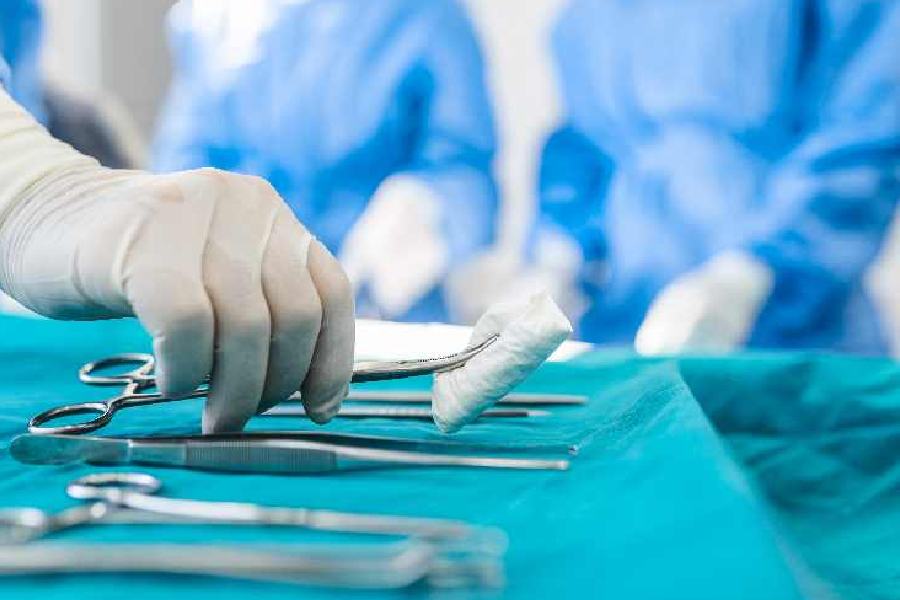Surgeons in Baltimore have transplanted the heart of a genetically altered pig into a man with terminal heart disease who had no other hope for treatment, the University of Maryland Medical Center announced on Friday.
It is the second such procedure performed by the surgeons. The first patient, David Bennett, 57, died two months after his transplant, but the pig heart functioned well and there were no signs of acute organ rejection, a major risk in such procedures.
The second patient, Lawrence Faucette, 58, a navy veteran and married father of two in Frederick, Maryland, underwent the transplant surgery Wednesday and is “recovering well and communicating with his loved ones,” the medical centre said in a statement.
Faucette, who had terminal heart disease and other complicated medical conditions, was so sick that he had been rejected from all transplant programs that use human donor organs.
“At least now I have hope and I have a chance,” Faucette said before the surgery. “I will fight tooth and nail for every breath I can take.”
The transplantation was performed by Dr Bartley Griffith, who operated on the first patient. Dr Muhammad Mohiuddin, of the University of Maryland School of Medicine, designed the protocol.
Bennett died after multiple complications, and traces of a virus that infects pigs were found in his new heart, raising concerns that so-called xenotransplants of organs from animals to people could introduce new viruses into the human population.
Hospital officials said they repeatedly tested the pig used in the transplant last week for both the virus, called porcine cytomegalovirus, and antibodies using a new assay that was not available at the time of Bennett’s transplant.
Before undergoing the transplant, Faucette said he recognised that it would be a miracle if he was able to leave the hospital and go home, and another miracle if he lived for months or a year longer.
“Realistically, this is in the early-stage learning process,” he said of the procedure.
In recent years, the science of xenotransplantation has taken huge strides with gene editing and cloning technologies designed to make animal organs less likely to be rejected by the human immune system.
Although the advances are still in nascent stages, they offer hope to the more than 100,000 Americans who are living with end-stage organ disease yet face an acute shortage of human donor organs. Most of those waiting for an organ need a kidney.
In a statement, his wife, Ann Faucette said: “We have no expectations other than hoping for more time together. That could be as simple as sitting on the front porch and having coffee together.”
There’s a huge shortage of human organs donated for transplant. Last year, there were just over 4,100 heart transplants in the US, a record number but the supply is so tight that only patients with the best chance of long-term survival get offered one.
Attempts at animal-to-human organ transplants have failed for decades, as people’s immune systems immediately destroyed the foreign tissue. Now scientists are trying again using pigs genetically modified to make their organs more humanlike.
The University of Maryland attempt required special permission from the Food and Drug Administration to treat Faucette outside a rigorous trial, because he was out of other options.
It took over 300 pages of documents filed with FDA, but the Maryland researchers made their case that they’d learned enough from their first attempt last year — even though that patient died for reasons that aren’t fully understood — that it made sense to try again.
And Faucette, who retired as a lab technician at the National Institutes of Health, had to agree that he understood the procedure’s risks.
New York Times News Service and AP/PTI










